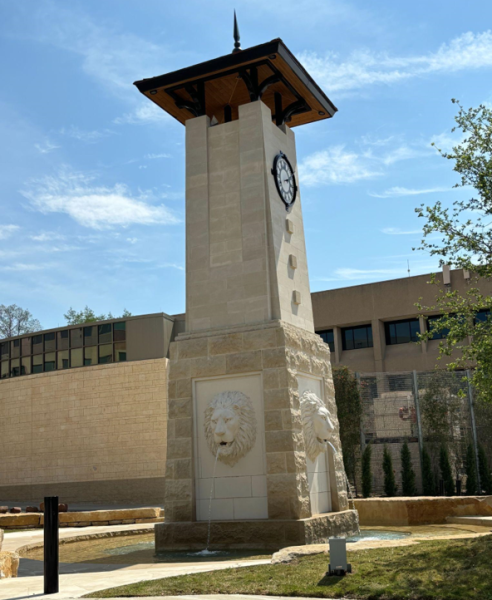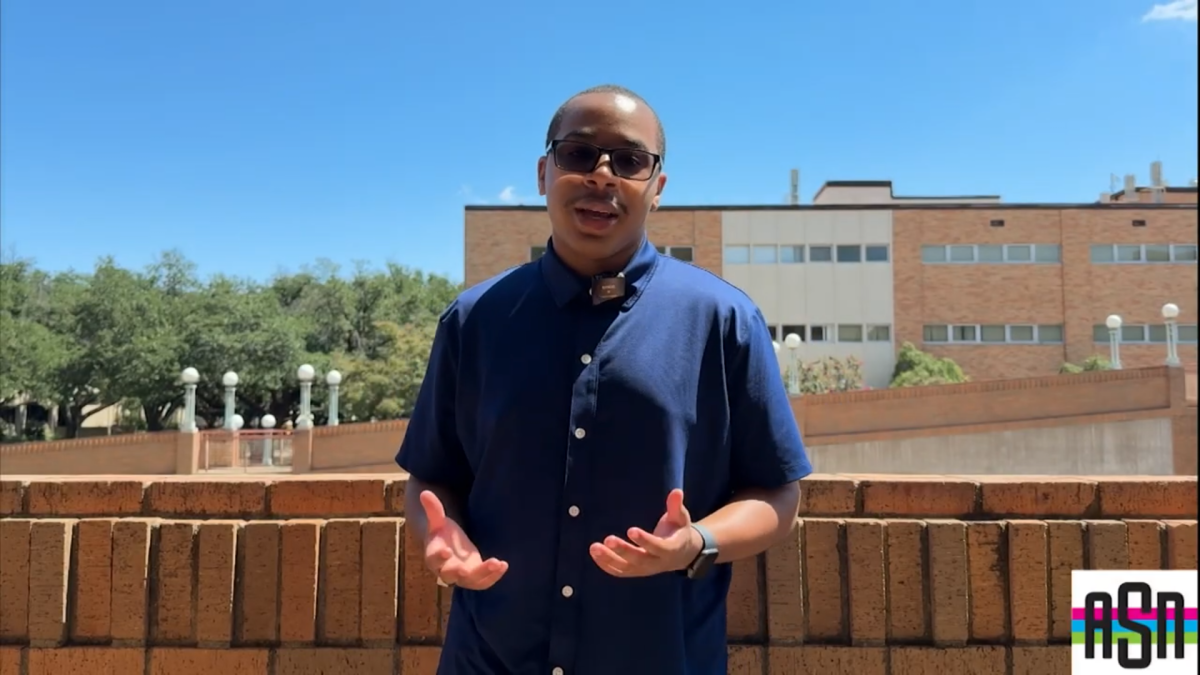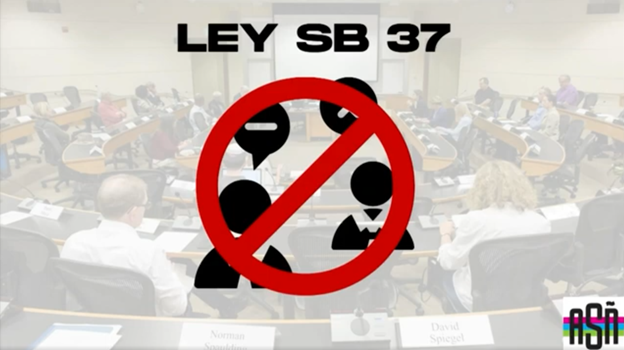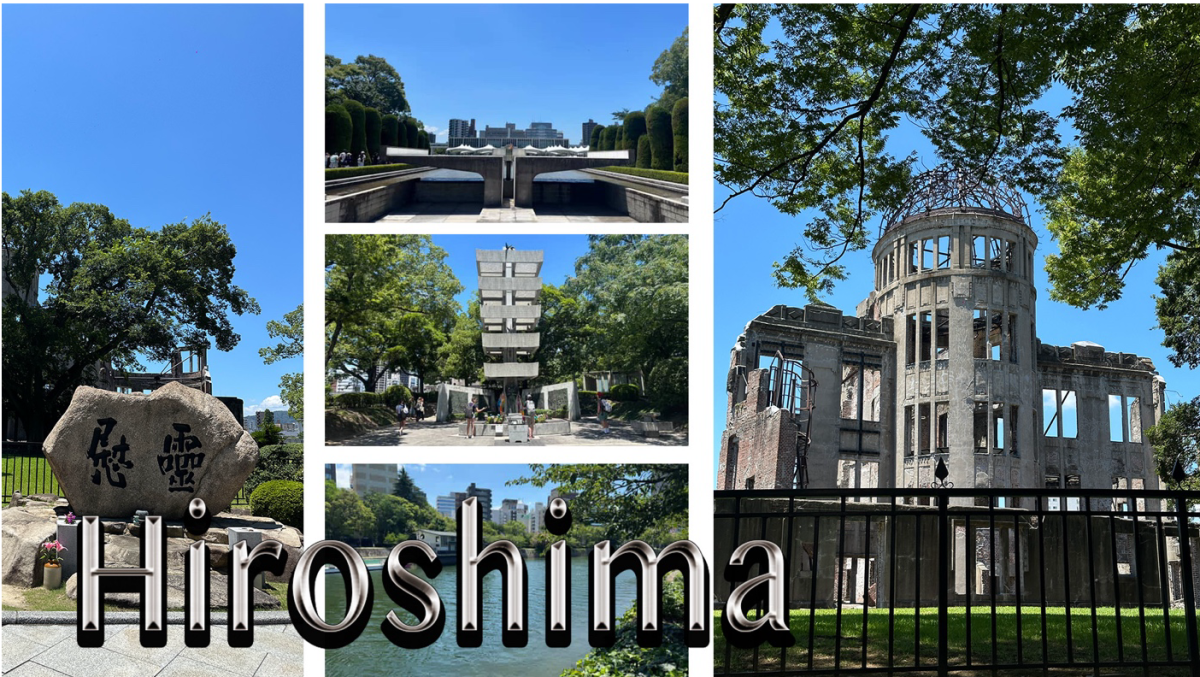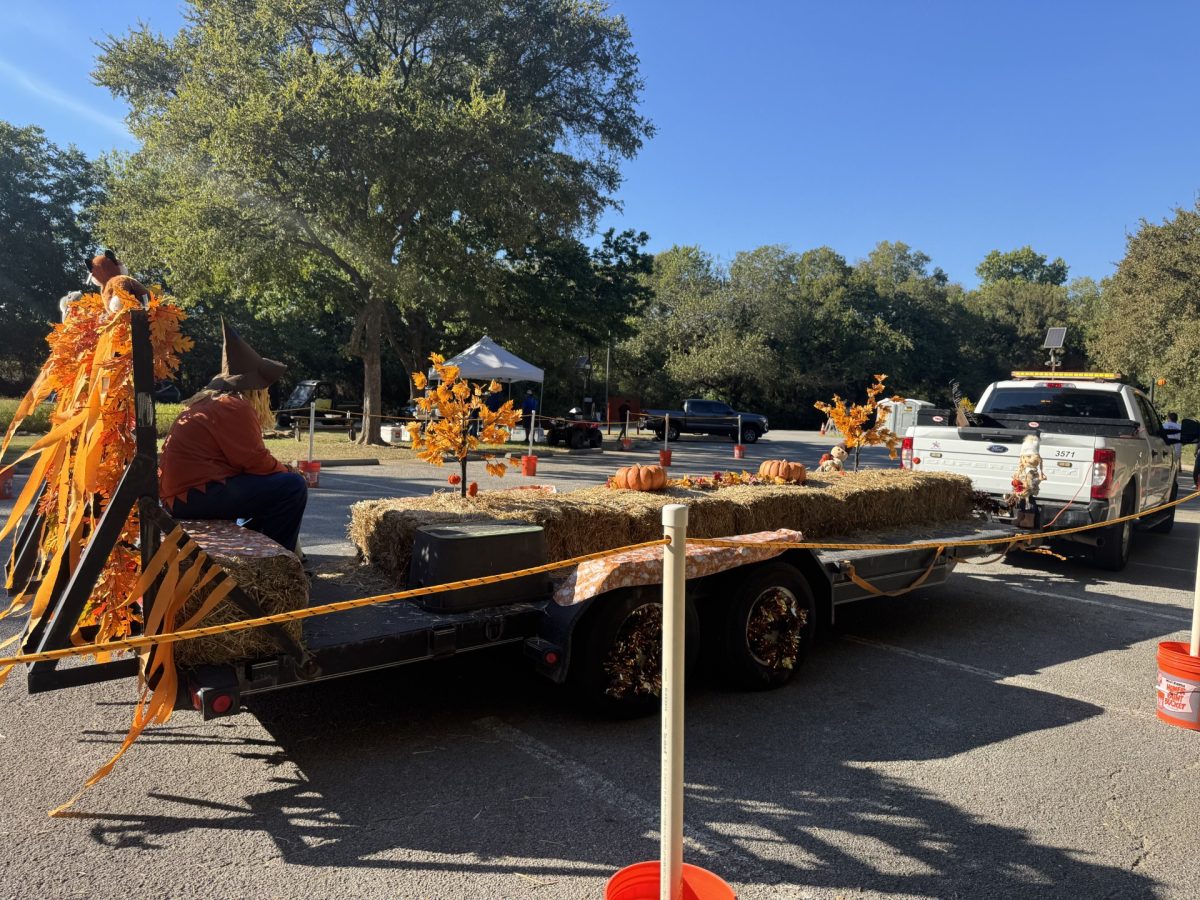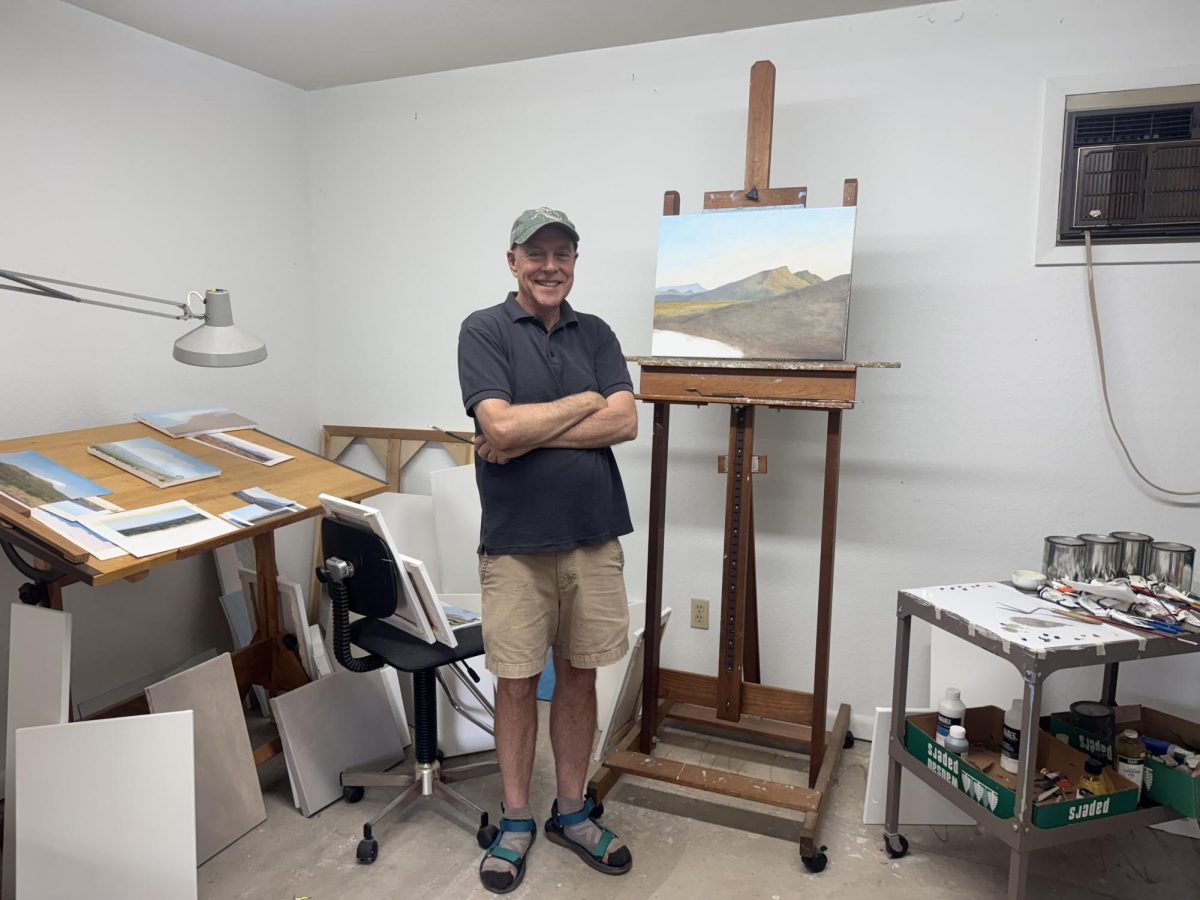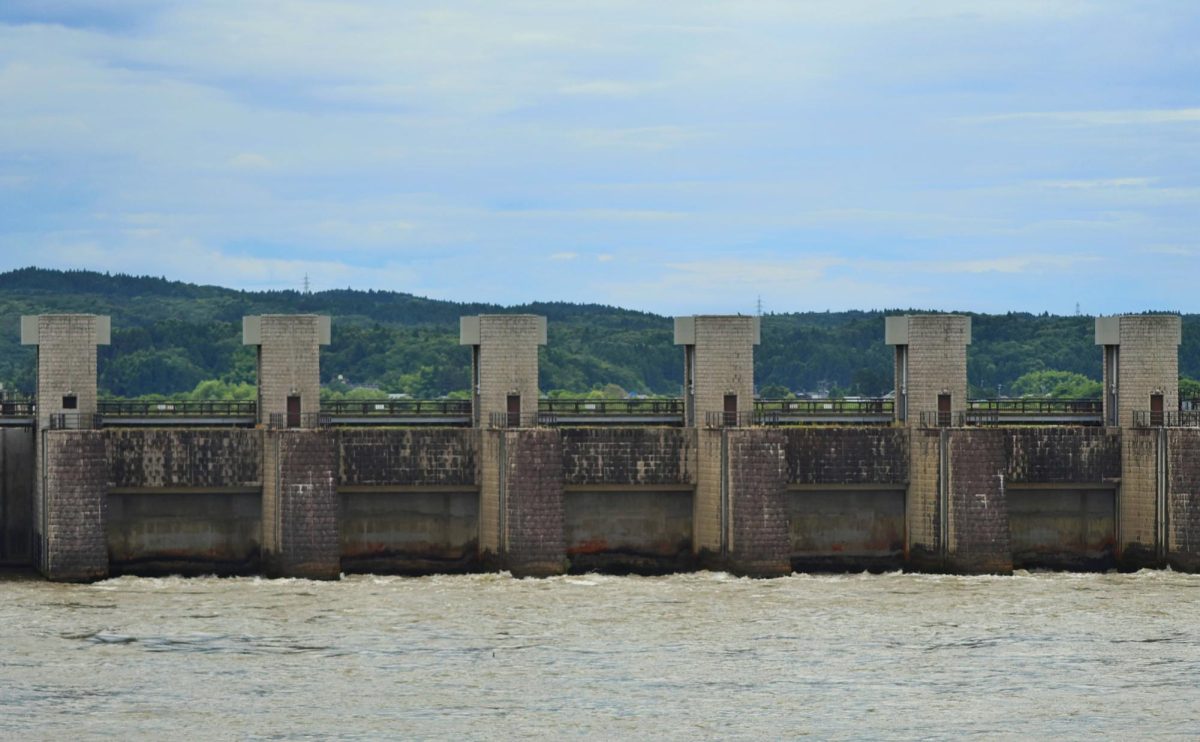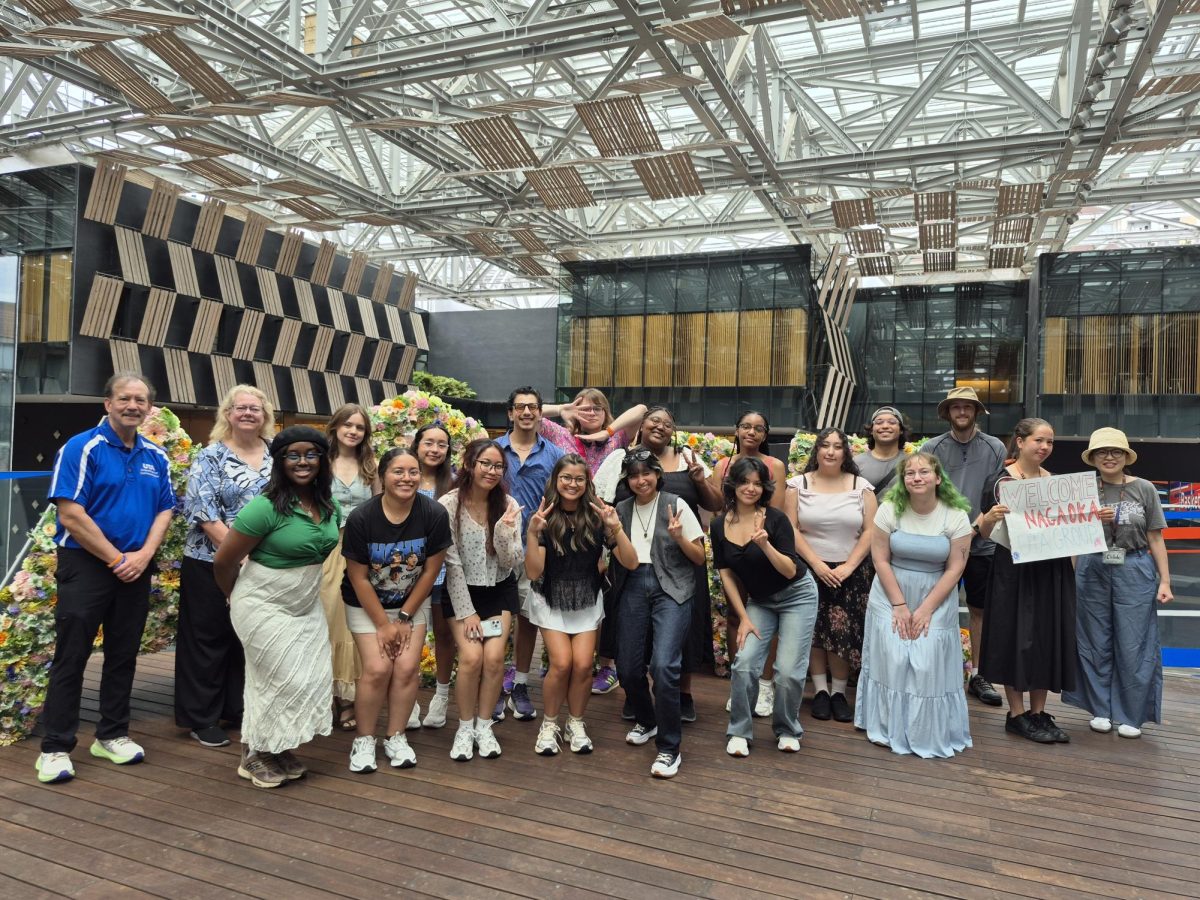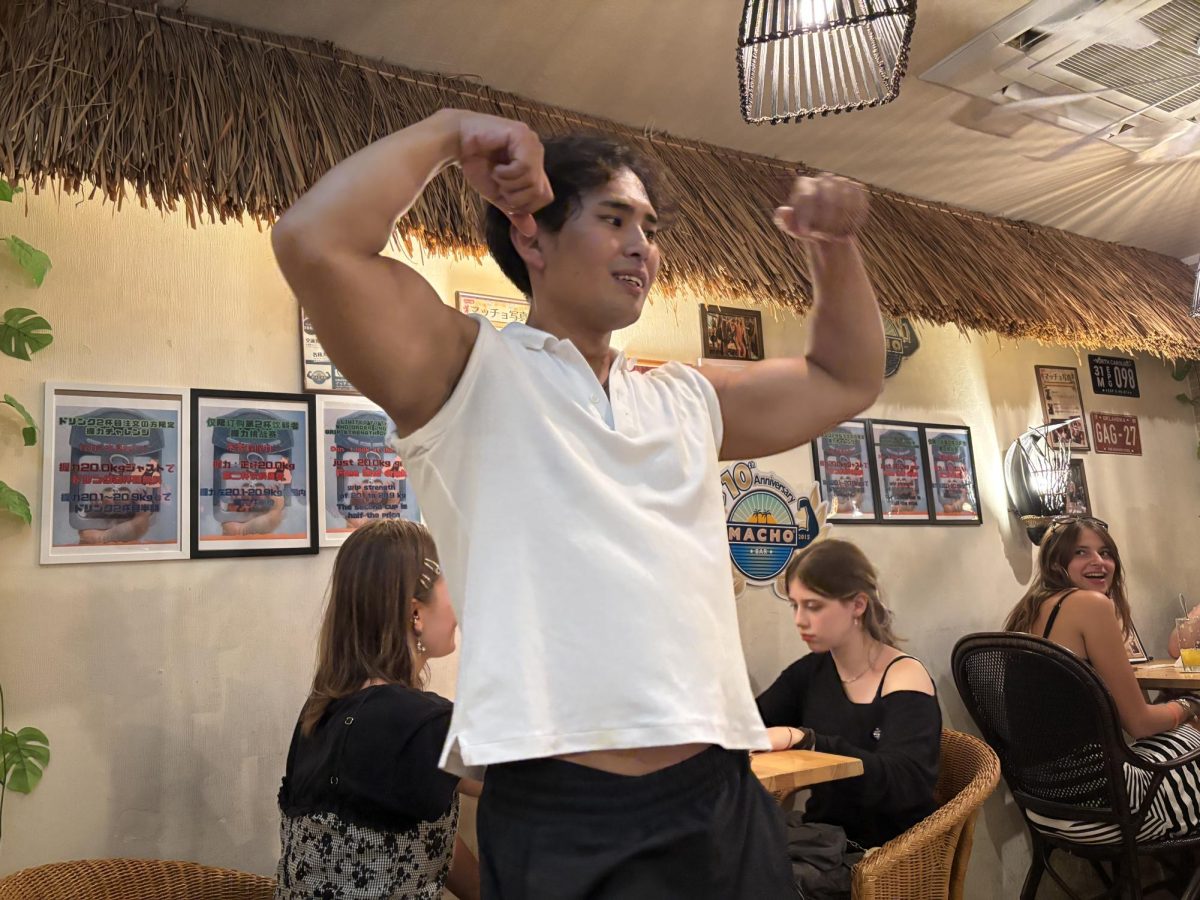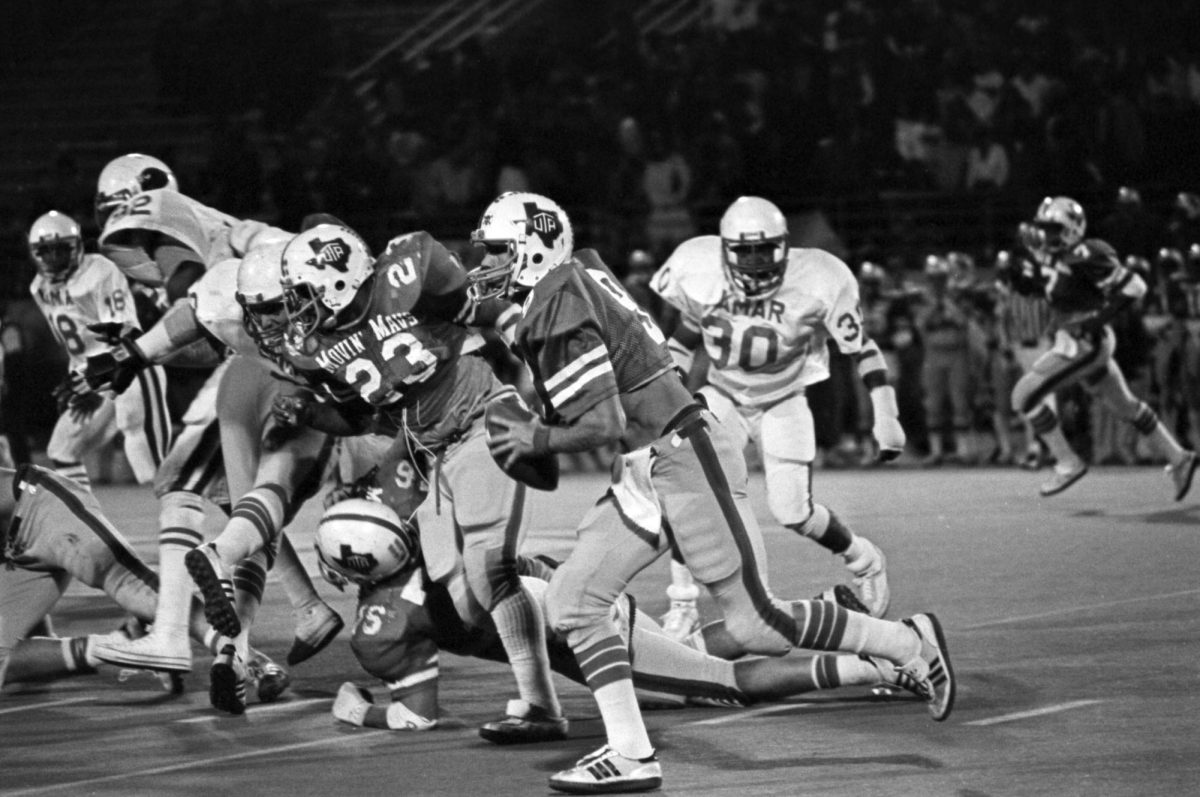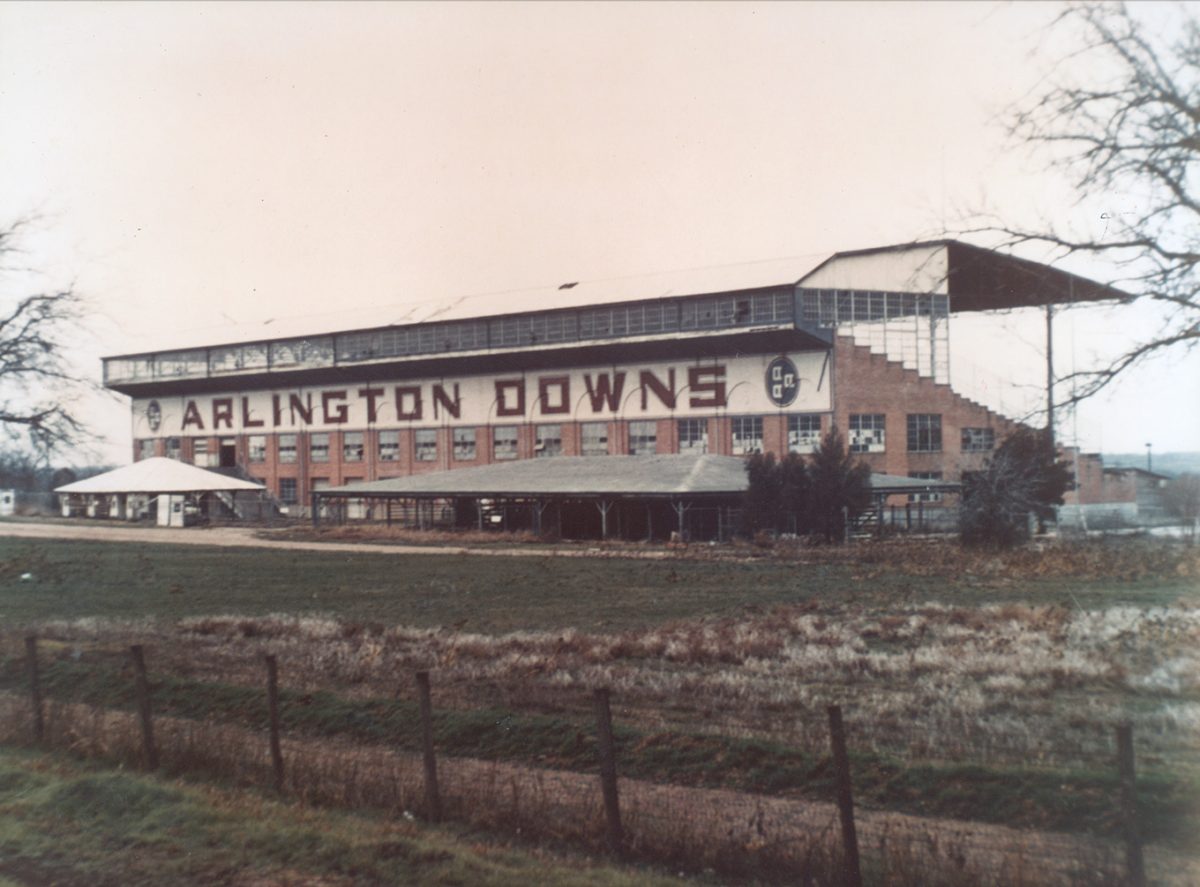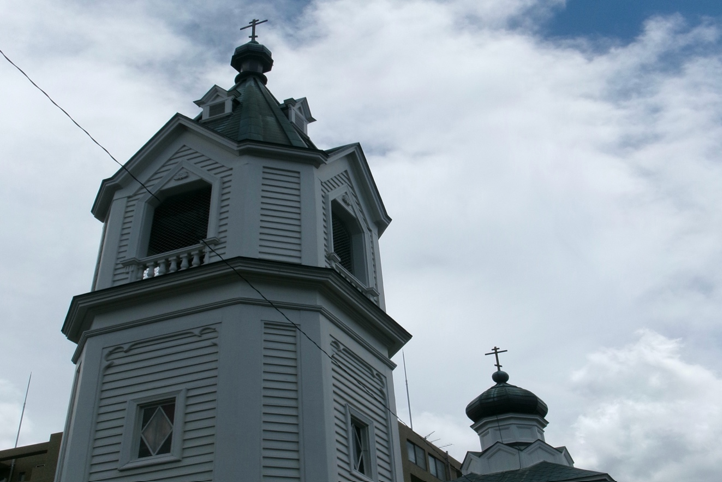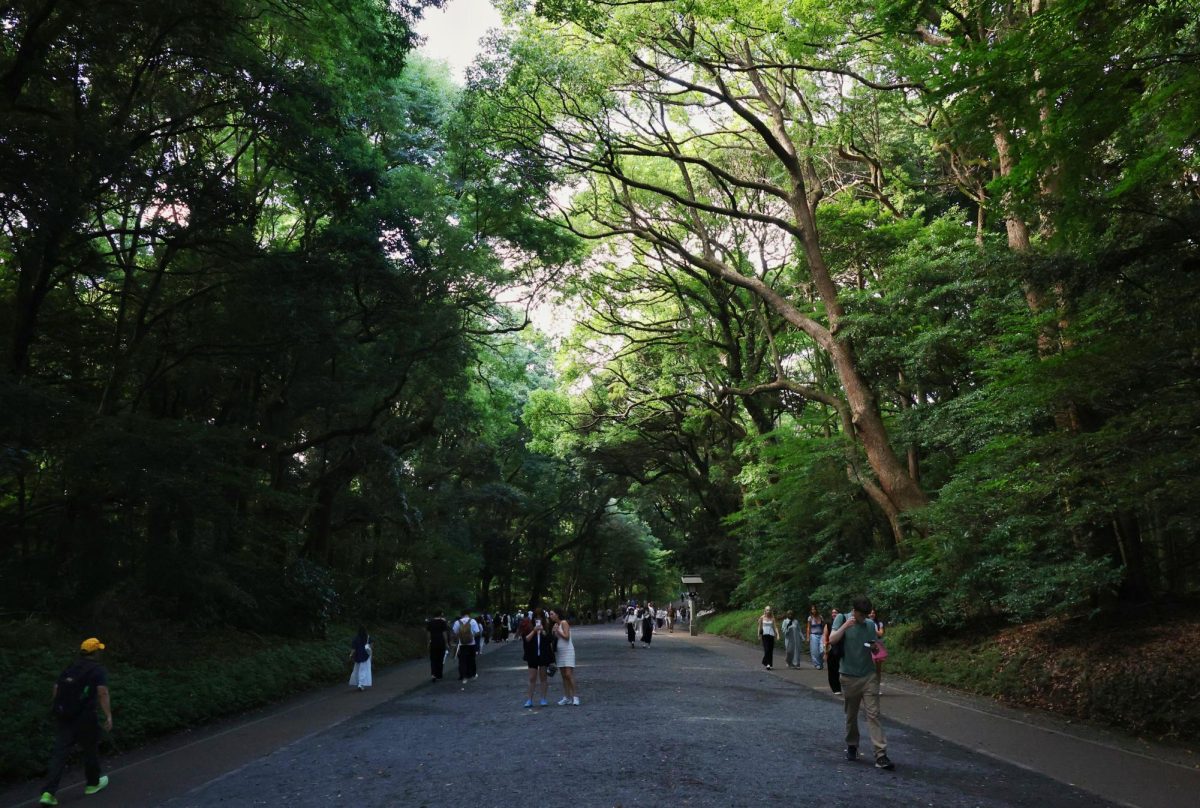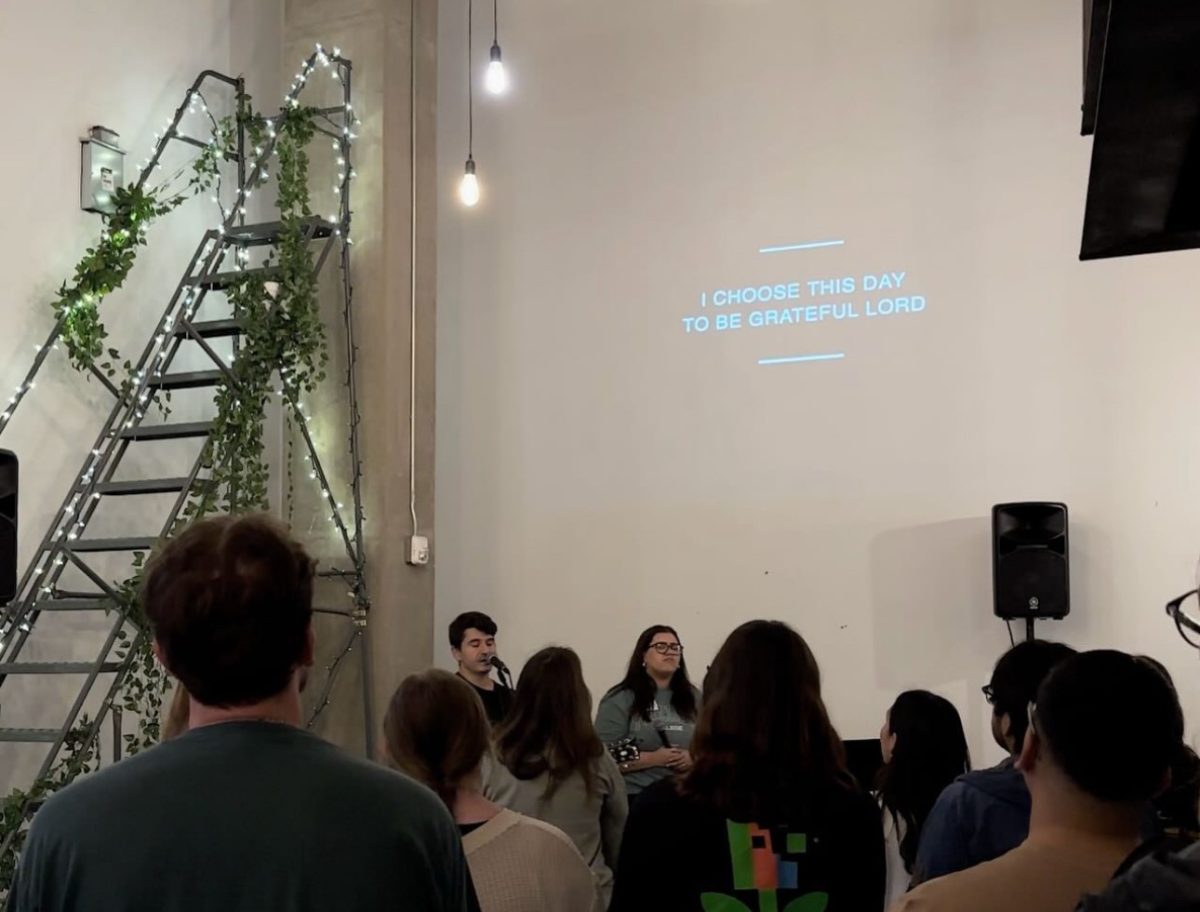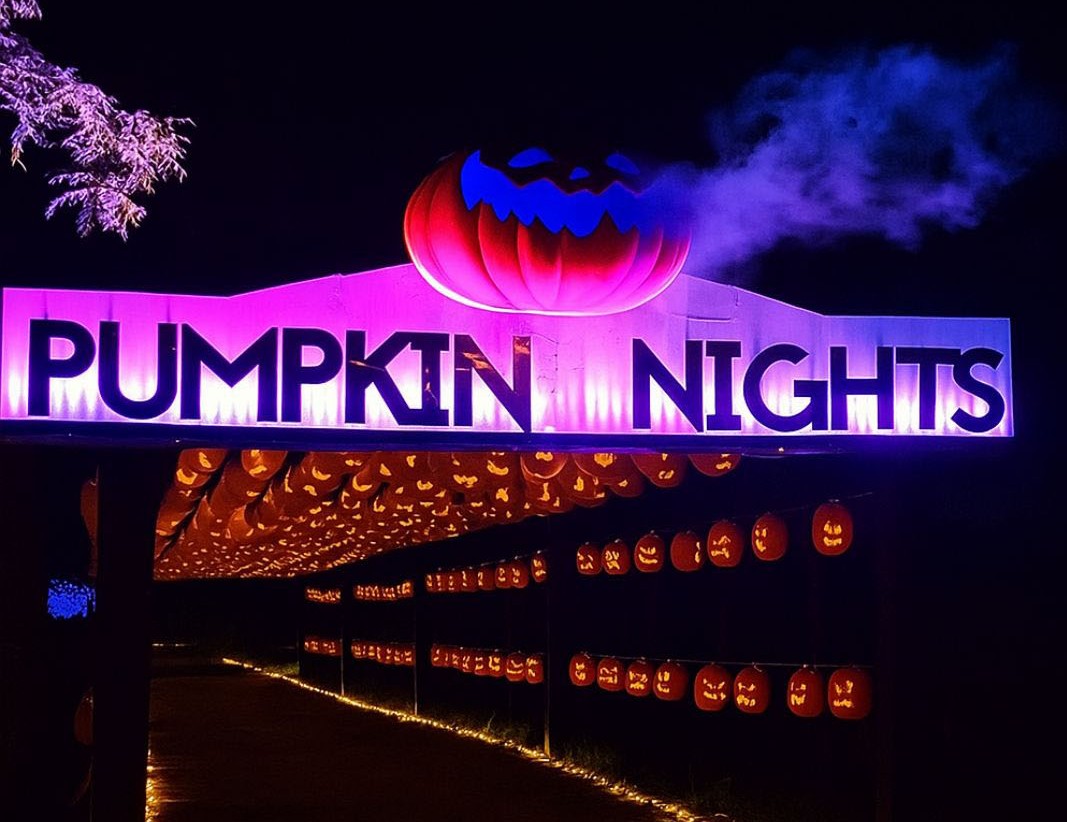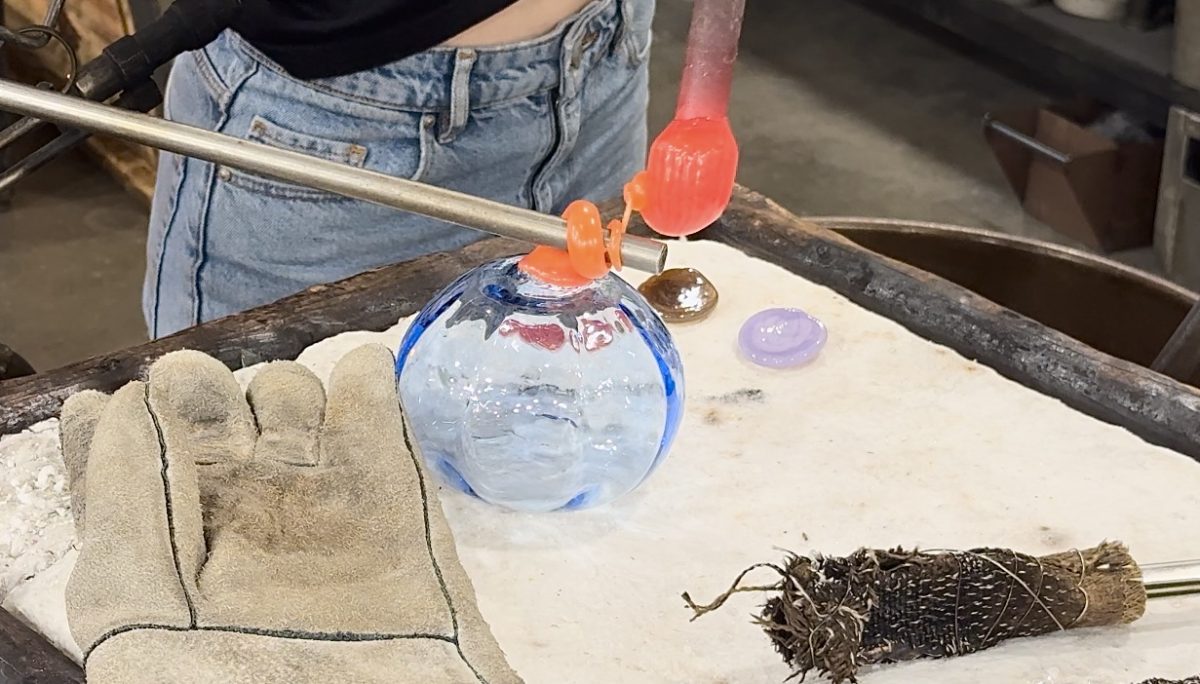ARLINGTON, Texas – Nestled in the heart of downtown, Knapp Heritage Park quietly spends its weekdays locked up. But come the weekend, the life that once occupied it seemingly comes back to life as the gates open to the public.
Children run around shaking jars of heavy cream, anxiously waiting for the peaks of whipped butter to form. Local community members dress in pioneer attire, reenacting life in the city at that time period.
The park is more than a patch of grass, as it holds three of Arlington’s oldest structures, two log cabins and a schoolhouse. Outside the park, Arlington expands, grows and reinvents itself. Knapp Heritage Park allows residents the opportunity to understand the city as it once was.
On site are the Jopling-Melear and Watson cabins and the North Side Schoolhouse. Each is open when the park is, hosting school and private tours, along with other rentals. Each structure often has volunteers acting and dressing as if they were in the pioneering days, reminding everyday bystanders where they once came from.

More tenured Arlington residents may joke about George Washington sleeping in the Jopling-Melear cabin but understand they actually mean George Washington Jopling, who built the dwelling in 1863. A farmer, cattleman and cotton gin owner, Jopling also served as a community leader who helped organize the Johnson Station Masonic Lodge.
When his wife died, Patrick Alfred Watson built his log cabin in what is now present-day Arlington for himself, his new spouse and their six children. Built in 1855 and sheltered generations through 1961, its walls were made of horizontally laid hand-hewn logs with openings between the logs filled with sticks and clay.
After Arlington’s North Side School burned down in 1909, this smaller, more modest schoolhouse was built on the grounds. Two grades met here until a new brick building was erected. The building was discovered by local entrepreneur and philanthropist Dan Dipert, who recognized it as Arlington’s oldest existing schoolhouse and donated it to the Arlington Historical Society.

“I think it says a lot about the character of the city,” Geraldine Mills, executive director of the Arlington Historical Society, said. “I’ve never moved into a new town, but if I did, I would want to know the history of it.”
The Arlington Historical Society is an advocate for understanding and sharing the city’s past. Having grown up here her whole life and raised children of her own, Mills said the society’s legacy is something she upholds proudly.
According to the group’s mission statement, it aims to preserve Arlington’s historic sites and structures, documents, photographs and artifacts, and provide educational programs focusing on history. The Arlington Historical Society maintains the Historic Fielder House, the Arlington Heritage Memorial Grounds and Knapp Heritage Park.
“We’re really pleased with how we’ve come along because in the last 20 years or so, we’ve gotten more recognition for history and historical places and events than ever before,” Mills said.
The cabins are furnished with authentic pre-1900 pieces, and the schoolhouse follows a late 1800’s theme. Knapp Heritage Park has other attractions as well, such as a Bardin blacksmith barn and a replica of a pre-1900 general store in James “Big Daddy” Knapp’s former office.
Knapp was a prominent attorney and land developer who was instrumental in the development of many North Texas highways, including State Highway 360. In honor of him and his wife Mildred, the heritage center site was donated by their grandchildren. It was dedicated as Knapp Heritage Park in 2004.
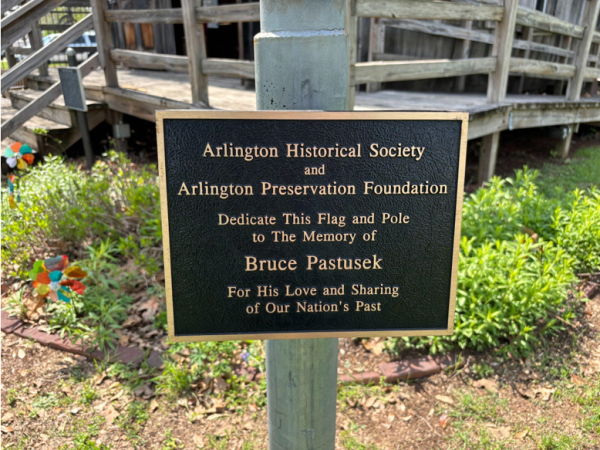
Mills said a majority of the buildings housed in Knapp Heritage Park were saved from demolition. She understood needing the space to build, but she said she didn’t think that had to be the end for the facilities. Preserved safely inside the gate of the park, each building rests peacefully, safe from damage or vandalism.
“We’ve been fortunate to save these and have them under our care,” she said. “I just hope they’re here another 100-something years.”
Additionally, the park holds the trough bowl for Arlington’s Old Mineral Well fountain.
The Old Mineral Well, which originally sat at the corner of Main and Center streets, recently had an homage built for it in the city. With its ribbon cutting last September, the new Mineral Well Public Plaza serves as a resting place for current residents and a reminder to them about what Arlington once was.
Due to the city’s rapid development in the mid-1900s, many historic buildings were torn down, including the well. After being capped and paved over in 1951, the Old Mineral Well served as a significant landmark and central gathering place in Arlington for nearly 60 years. Used for all kinds of events and rallies, the water in the well was even said to have healing powers.

“[The Original Mineral Well] was fun,” Mills said. “It was the synergy of town. The well water, though, was awful. The only thing it cured was constipation. But it’s nice to have that relic live, too.”
The Mineral Well Public Plaza boasts a 40-foot architectural clock tower with four lion head bust panels, each six to seven feet tall — an homage to the original well that had mineral water spewing from lion heads.
“It’s a beautiful monument, I’ll give them that,” Mill said. “I wasn’t impressed with it until I came down Main Street and I thought ‘Well, that looks real nice.’”
In one of its most recent projects, the city remodeled Fire Station No. 1 and reopened it last December. The original facility opened in 1954 and served Arlington for almost 70 years. Now, it’s intended to serve as the flagship station for the Arlington Fire Department.
Mills recalls playing and exploring in the alleys of the buildings that once neighbored the station. There, she was fascinated seeing firefighters hang the perfectly bleached hoses to dry.
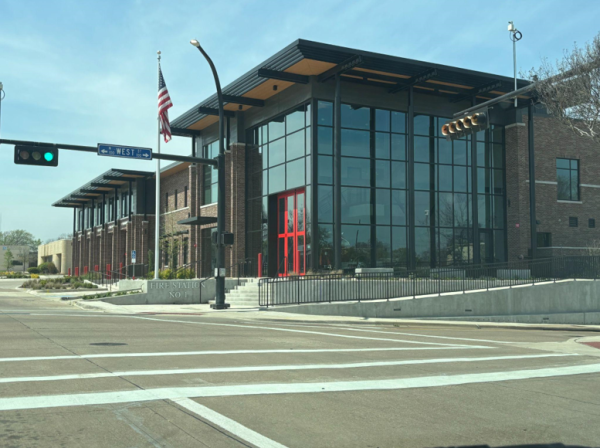
The new building is two stories and has drive-through bays, office spaces, living and K9 accommodations, community spaces, a small AFD history museum and permanent quarters for the 1953 American LaFrance parade engine.
Mills said the Arlington Historical Society has also had exhibits for the first Black and Hispanic city dwellers and pioneers. The push for this came when a group of predominantly Black students came for a tour, and she realized there was hardly any representation for them.
“There’s no pictures, there’s no docent, there’s nobody that looks like them,” Mills said. “And I thought, ‘Well, that’s not right.’”
Mills said a majority of the volunteers in the Arlington Historical Society are on the older side, but she said it’s the younger generation they need to be involved with. This way, locals can turn over these historic pieces and trust the pride and legacies continue.
“It doesn’t have to be a passion for local history, but a passion for history and preserving the stories and people in it,” Mills said.
